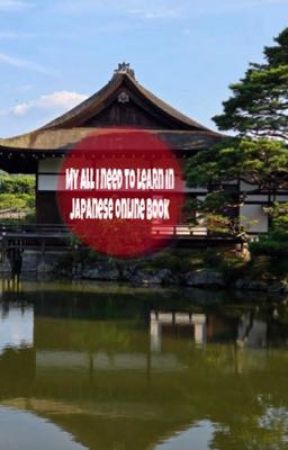Ah hello hello welcome back! I hope you studied hard and well since I've been gone writing this and what not, if you haven't studied at all...
Then....
👀
Might want to consider doing so becauseeeeee without studying it might be hard to understand the next levels and lessons up ahead, but of course do as you please.
Seriously do whatever feels comfortable to you 🤩
So the next lesson is
Ah correct! you remember
Katakana!!!! Woooo!!!!
Which is the second and second writing system we will be working on so buckle your sets grab your water get a comfy seat, paper and pens and let's get started!
Also sorry for the different font that you are about to see, my writing app has been acting up lately, heads up so for the katakana they are all pronounced the same as hiragana so if you practiced your hiragana you will already know how to do the pronouncing, but just in case I will leave a example of how to pronounce it. anyways let's get started! You got this!
A-row:
ア (A) "(A)pple"
イ (I) "(E)agle"
ウ (U) "(O)ops" "(Oo)f"
エ (E) "(eh)" for example "Eh I'm good"
オ (O) "(O)pal" or "(O)val"
K-row:
カ (Ka) "(ca)p" "kit(Kat)" "(ca)t"
キ (Ki) "(kee)p" "key"
ク (Ku) "(Coo)p" "(Coo)l"
ケ (Ke) "K" "O(kay)" "(ca)pe"
コ (Ko) "(Co)ke" "(Co)pe" "(Co)ping"
S-row:
サ (Sa) "(sa)p" can sometimes sound like "sun"mixed with "(sa)p" with saying ones name
シ (Shi) "(shee)p" "(shea)th" "she"
ス (Su) "(sou)p" "(Soo)n" "Sue"
セ (Se) mix "(se)t" with "(me)t" it's basically "(me)t" but with se "seh"
ソ (So) "so" "(soa)p" "(so)fa"
T-row:
タ (Ta) "(Ta)p"
チ (Chi) "(chea)p" "(chie)f" "bea(ch)" with a added "I" that's pronounced as "e"
ツ (Tsu) it's basically "su" but with a added "t" like "(ts)k) and "(tsu)nami" this one's a bit tricky so Start with a "ts" sound, as in the end of the English word "cats" Immediately follow it with a short "u" sound, which is like the "oo" in "food" or "zoo" but shorter
テ (Te) "(te)n" the e is pronounced like in "bed" or "let"
ト (To) "(to)e" The "t" is soft, like the "t" in "top". The "o" is pronounced like the "o" in "go", but shorter, so pronounced as toh with a short, clean "o" sound.
N-row:
ナ (Na) "(Na)p"
ニ (Ni) "knee" "(nea)t"
ヌ (Nu) "new" the u is more pronounced like "oo" in food tho but shorter, so like Noo but a brief oo.
ネ (Ne) like "met" or "let" with a "N" instead
ノ (No) "no" the "o" part is more closer to "g(o)" but a bit shorter
H-row:
ハ (Ha) "(ha)ha" "(ha)t" "(ha)ck"
ヒ (Hi) "he" the "I" is more like ee in see but shorter.
フ (Fu) (fu isn't a hard f it's more like a blow with f in it if that makes sense) it's somewhat sounds like "who" but like quicker and shorter with a hint of the sound "f"
ヘ (He) "(he)llo" "(he)y" "(ha)y" but quicker/shorter
ホ (Ho) "(ho)pe" "hoe" "(ho)se"
M-row:
マ (Ma) "(ma)ma"
ミ (Mi) "me" more of a e sound in "keep" but shorter
ム (Mu) like the cow sounds "moo" "(mo)ve"
メ (Me) "(Me)h" "(Me)th"
モ (Mo) "(mo)pe" the "m" in "mom" and "o" in "go" but slightly shorter
Y-row:
ヤ (Ya) "(Ya)k" "(Ya)p" "Ya"
ユ (Yu) "you" "u" like "oo" in "oops" but quicker/shorter
ヨ (Yo) "yoh" brief "o" sound, like the "y" in "yellow" and "o" in "go" but shorter

YOU ARE READING
My all I need to learn Japanese Online book Study!!
RandomHOW TO SPEAK, READ, WRITE, in Japanese very well! For both you and Japanese people to understand well! (Includes or will include soon, the three writing systems, Hiragana , Katakana, Kanji, proper sentences, SOV order, slang, difference between Toky...
